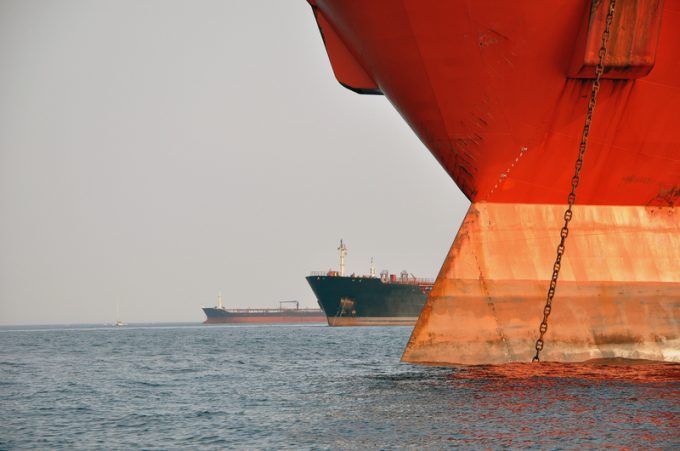MSC orders spark concerns of anti-competitive behaviour and an H2 rate drop
Swiss-headquartered shipping behemoth MSC has added more container ships to its shopping cart, but there ...

The Red Sea crisis, driving extended voyage times around Africa, is creating simulated cargo demand and masking the growing imbalance of supply versus demand in the container liner industry.
According to Alphaliner data, some 350 newbuild container vessels, equalling a massive 2.3m teu of capacity, were ...


Comment on this article